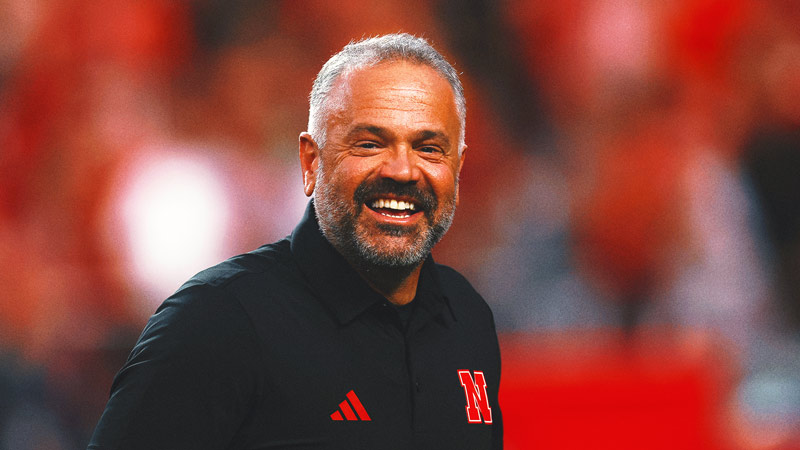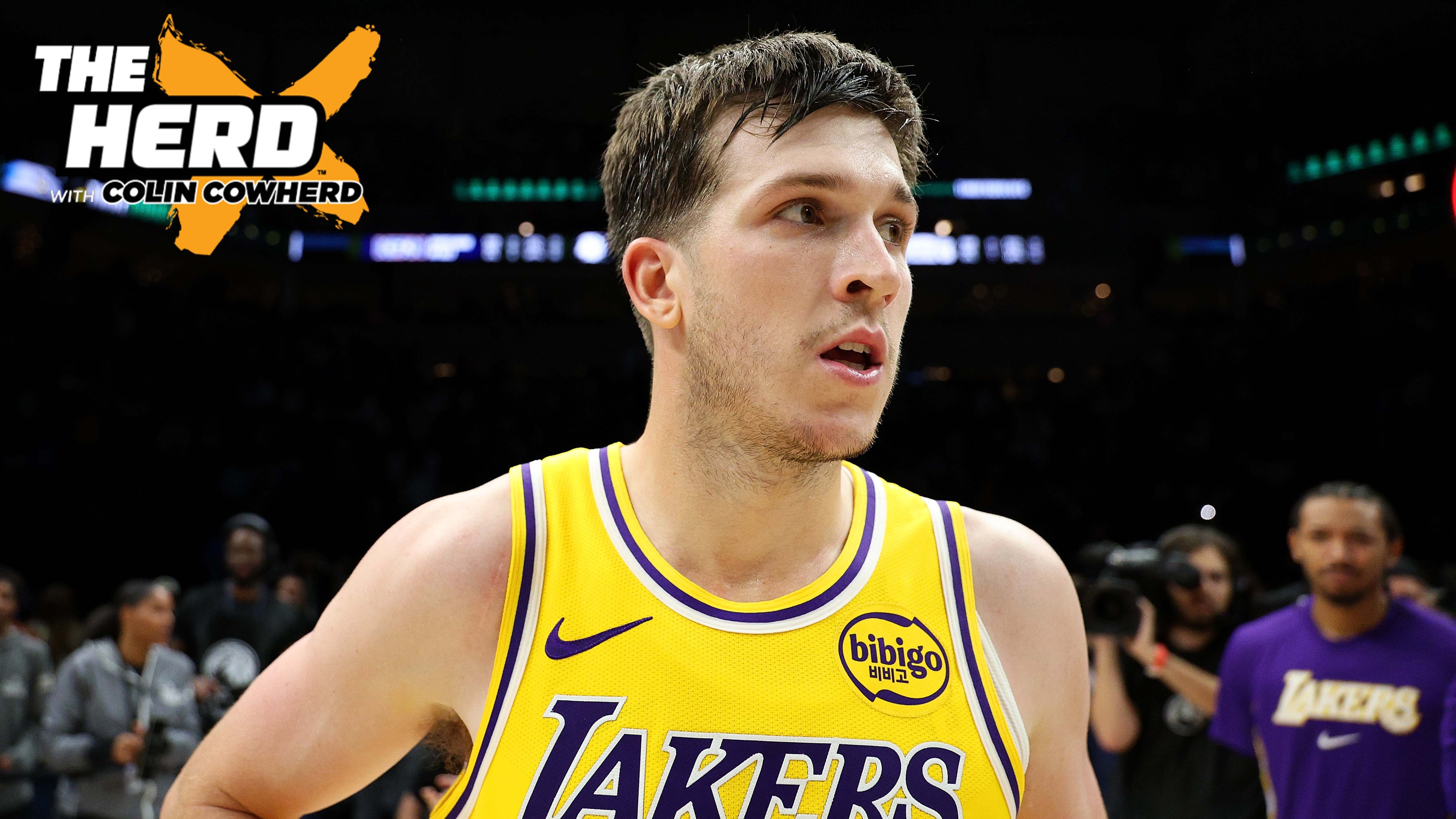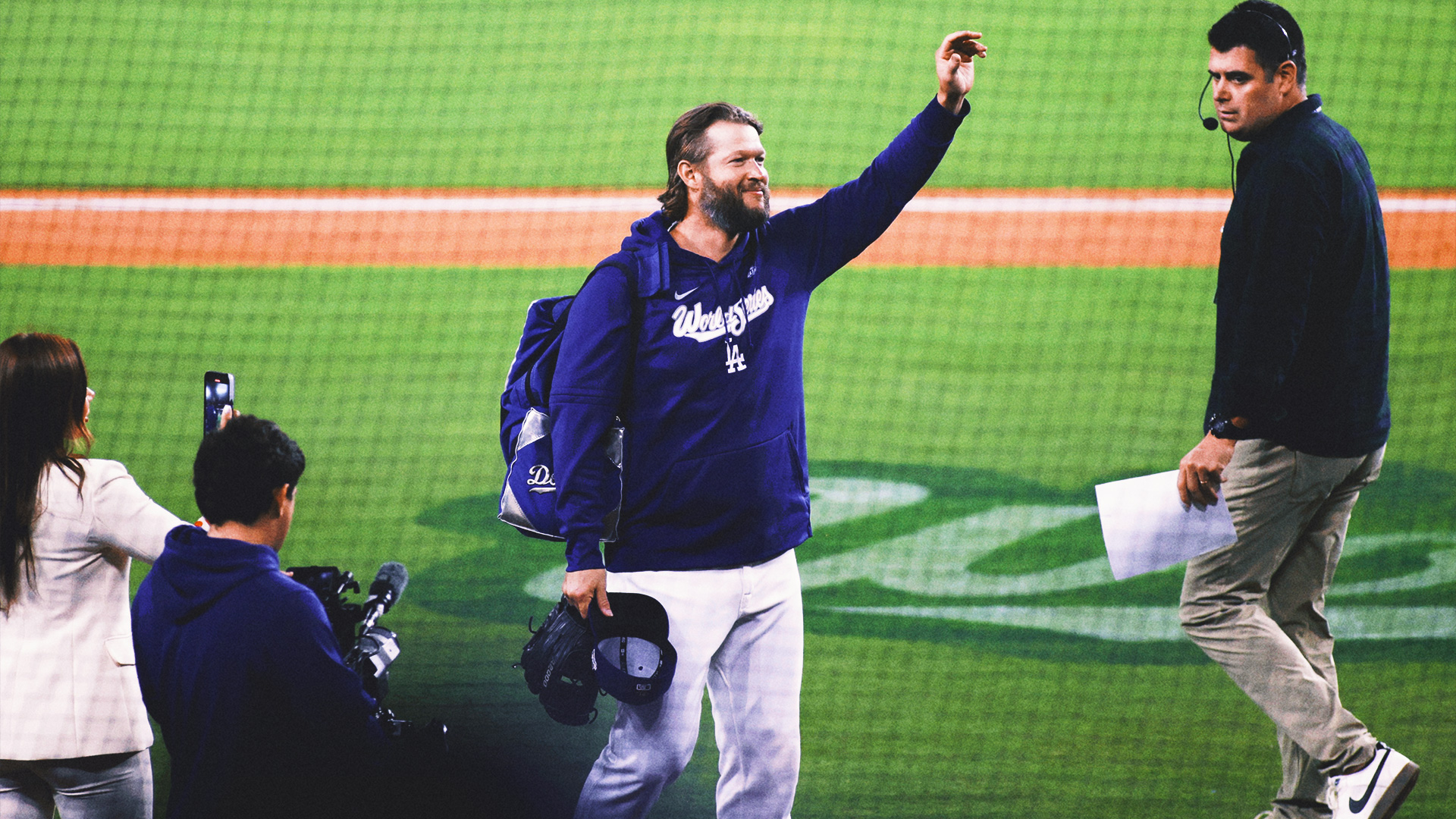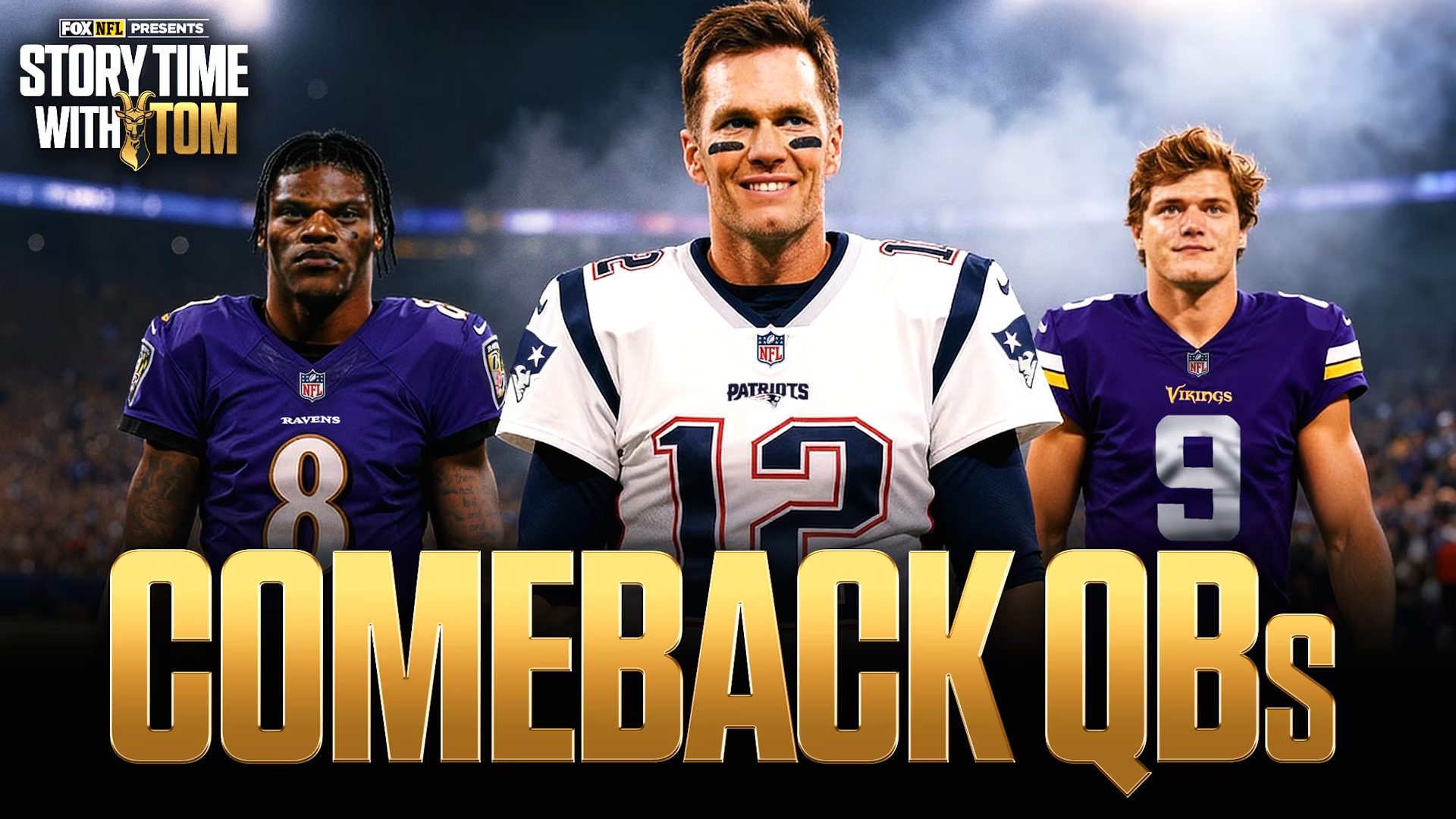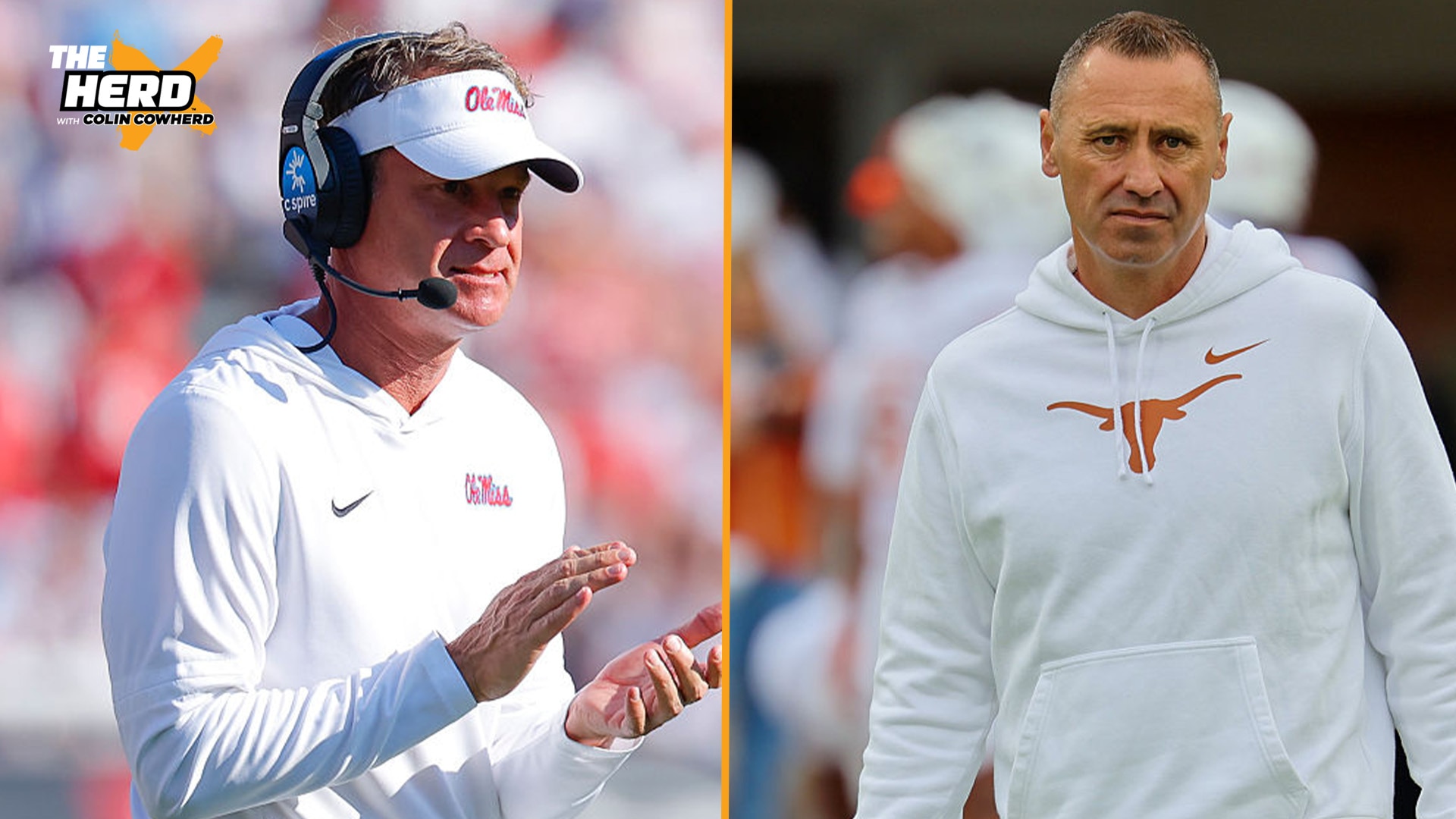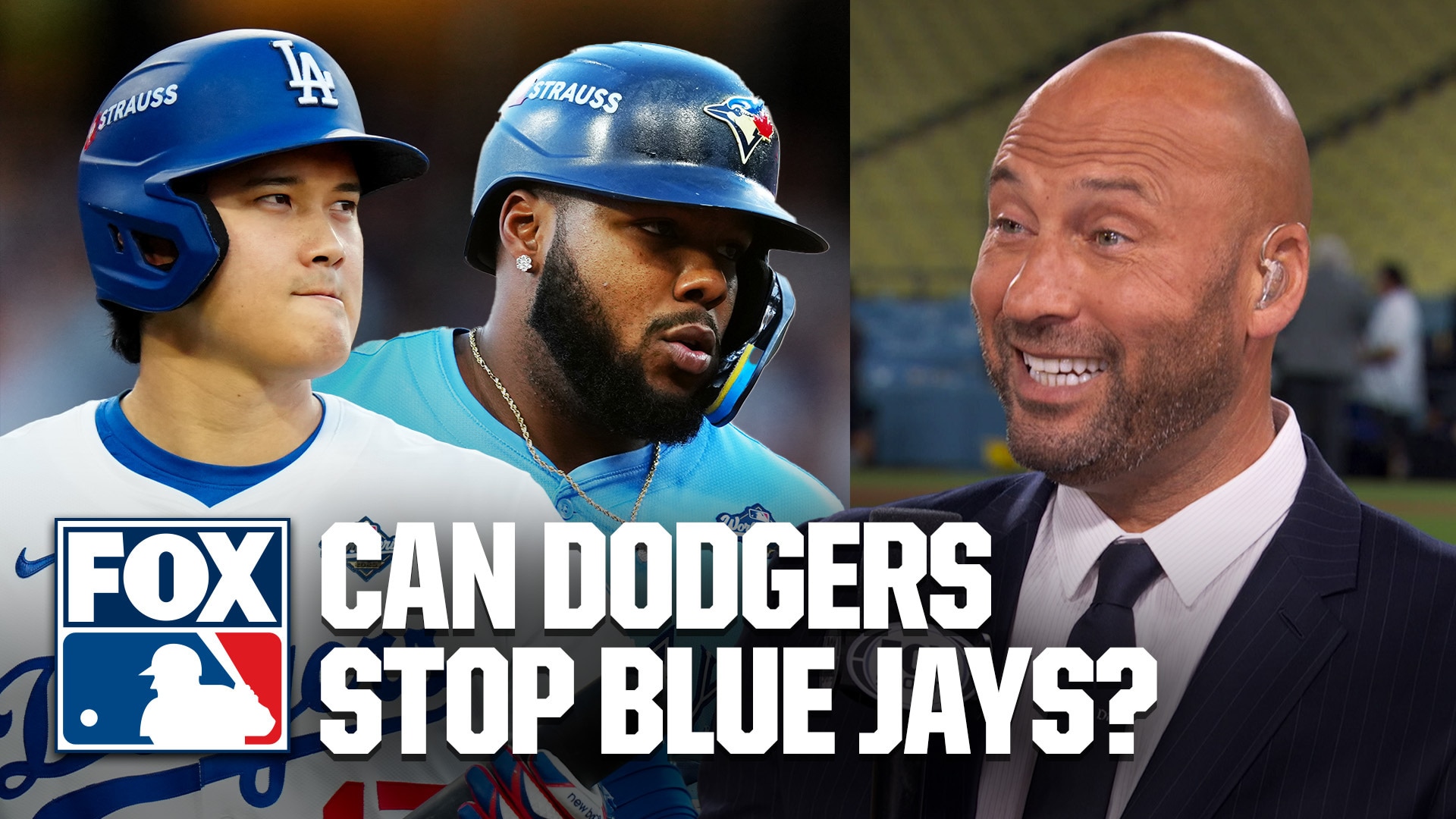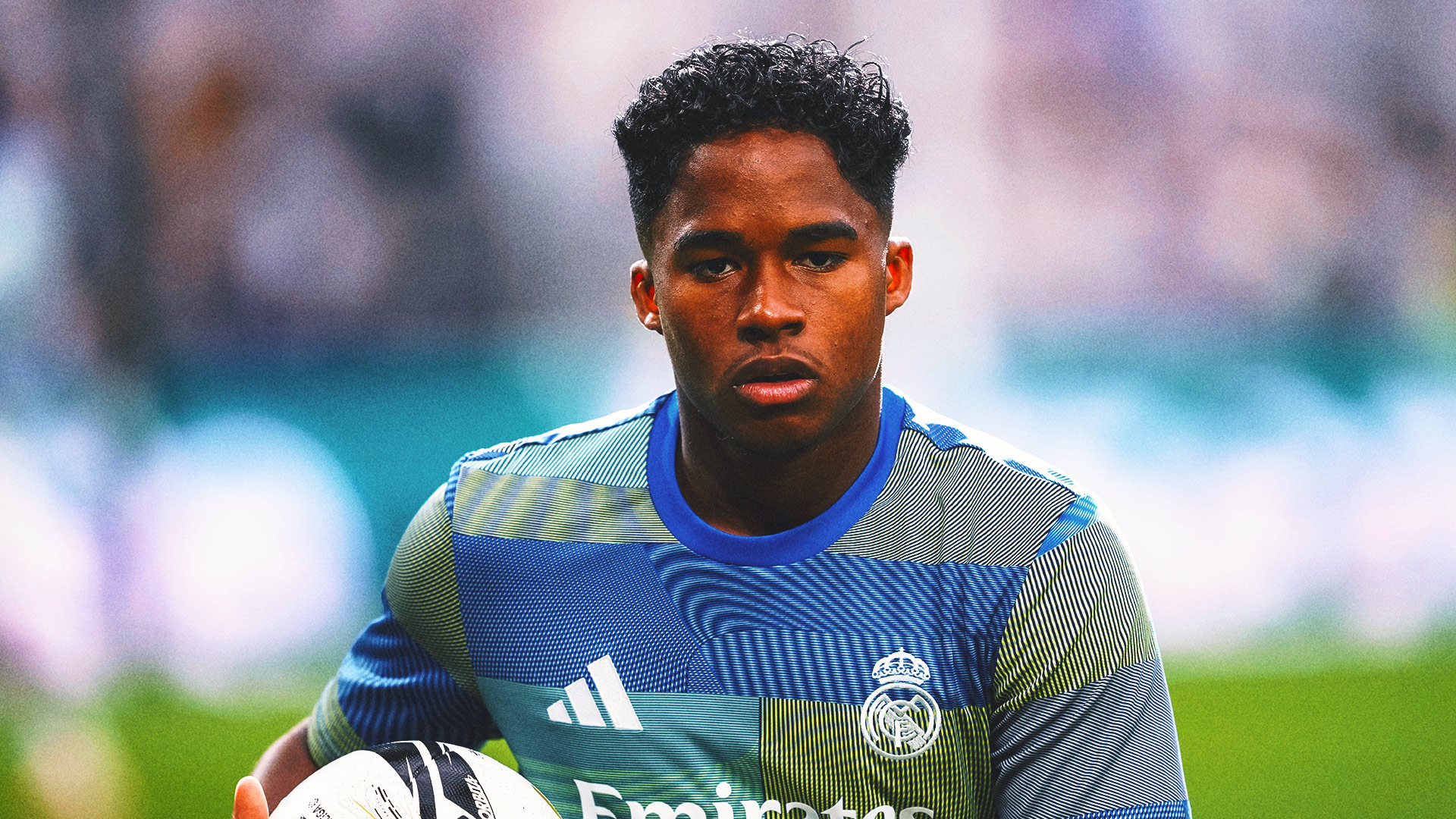The late, great John Madden is hailed as the most revolutionary sportscaster in history.
But the Super Bowl–winning coach didn’t grow into a TV legend until he teamed with the late Pat Summerall. They worked side by side for 21 seasons, rewriting the book on how NFL games are called. Front Office Sports talked to their former CBS Sports colleague Rich Podolsky, author of the new Madden & Summerall: How They Revolutionized NFL Broadcasting, which features forewords by their modern-day successors: Troy Aikman and Joe Buck at ESPN.
Front Office Sports: How did Madden change sportscasting?
Rich Podolsky: When John Madden passed away in 2021, Dick Ebersol, who learned the business under Roone Arledge and was a brilliant sports executive at NBC, said: “There hasn’t been anyone like him before, and I guarantee you there will never be anyone like him again.”
What Madden brought to sportscasting was more than just entertainment or information. He brought joy. He was a master storyteller and taught himself how to squeeze those stories in between plays. He never talked down to us or used “coach speak.” Terry O’Neil, who in 1981 was brought into CBS to bring its NFL production into the 20th century, said of Madden, “He brought his great enthusiasm and love for the game to the booth, and he had an uncanny ability to capture the players’ mannerisms, their slang, and their essence. And besides doing that, he had the stunning ability to coach both teams simultaneously better than they were being coached on the field.”
Madden always complained when he got to CBS that TV didn’t show the whole game, just part of it at a time. When O’Neil gave Madden the CBS Chalkboard, which enabled John to diagram plays on the screen, it allowed him to show us 11 vs.11 and why a play really worked. And he did it in a fun and engaging way that a sixth-grader could understand. He became America’s Nutty Football Professor. Besides that, he became the equivalent of a co-executive producer at CBS behind the scenes. He’d arrive at games early, talk to coaches, and get O’Neil to get the NFL’s permission to interview star players before the game. Then on Saturday nights, Madden and O’Neil would hold a teach-in for the camera guys and the crew so they’d know what plays were coming in what situations. No one ever did anything like that before, and now everybody has copied it.
FOS: Today’s lead NFL game analysts like Aikman, Tom Brady of Fox, and Tony Romo of CBS make more money by far than their play-by-play counterparts. Did Madden make color commentators the star for the first time?
RP: Yes, for the most part. Tom Brookshier, who was Pat Summerall’s partner for six years before Madden, was extremely likable and quickly became part of CBS’s No. 1 team. His success was due in part to his unique friendship with Summerall. They arrived in the city of a game on Thursday and drank their way up until kickoff on Sunday. It was like listening to two buddies in a bar who played the game. While Summerall was known for being sparse with his commentary, Brookie had great quips and usually made viewers feel like they were hearing the story for the first time.
But Madden became a much bigger star than Brookshier. His television breakthrough came when he did his first 30-second spot for Miller Lite in late 1980. At that time, CBS Sports’s new president, Van Gordon Sauter, told O’Neil when he hired him that he wanted Madden as his No. 1 analyst. This, despite Sauter never having seen a broadcast of one of Madden’s games. At that time, Madden had done four games for CBS in 1979 and six in 1980. No one would have predicted Madden’s success from those 10 games, but Sauter was certain. When O’Neil asked him what convinced him, Sauter admitted it was how fun and likable Madden was in those commercials, where he broke through the wall of his neighborhood bar. Once paired with Summerall, Madden found his true path. He won 16 Emmy Awards, 16 more than Brookshier.
FOS: Madden was bigger than life. But was the more taciturn Summerall overlooked? After all, he brilliantly called multiple sports.
RP: Summerall doesn’t get enough credit for Madden’s success. Like Madden, he played the game and loved it, but he also gave up so much of what he could have said to allow Madden the space and time to be Madden. From their first game together in 1981, you could sense a great partnership. It was like John’s son Mike Madden described it: “Like peanut butter and jelly meeting for the first time.”
Summerall was a true Renaissance man. He joined CBS in 1962, when the network used one set of announcers whose broadcast went back to the home team and another for the visitors. In ’68, they switched to just one set of announcers. Summerall was part of the No. 1 team along with Ray Scott. The latter was Pat’s idol as a broadcaster. A true minimalist, Scott would describe a Green Bay score this way: “Starr. Dowler. Touchdown.” Summerall was the first to go from the field to the booth and then [in 1974] switch to play-by-play.
The post How John Madden Became ‘America’s Nutty Football Professor’ appeared first on Front Office Sports.

 4 hours ago
7
4 hours ago
7



